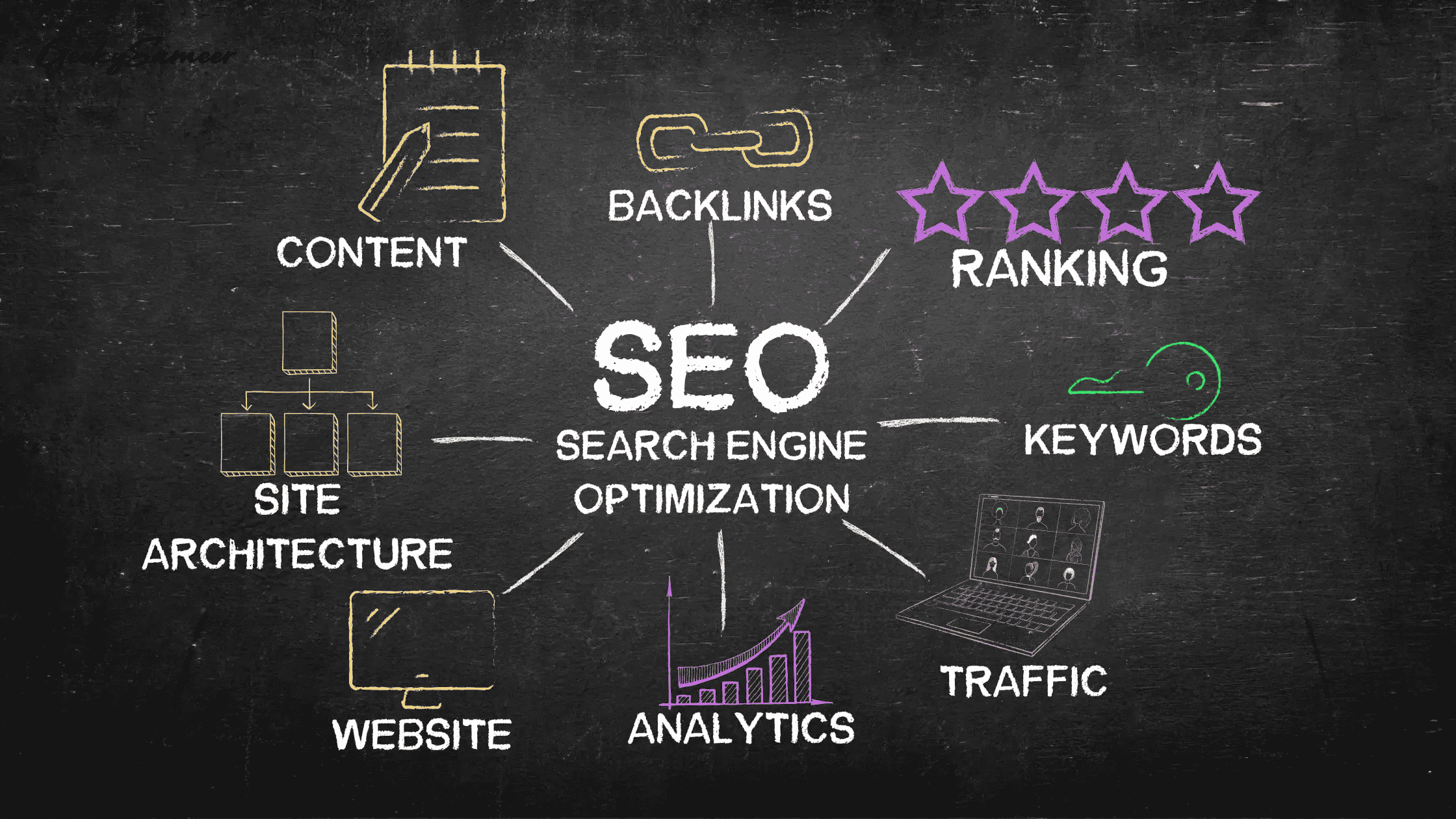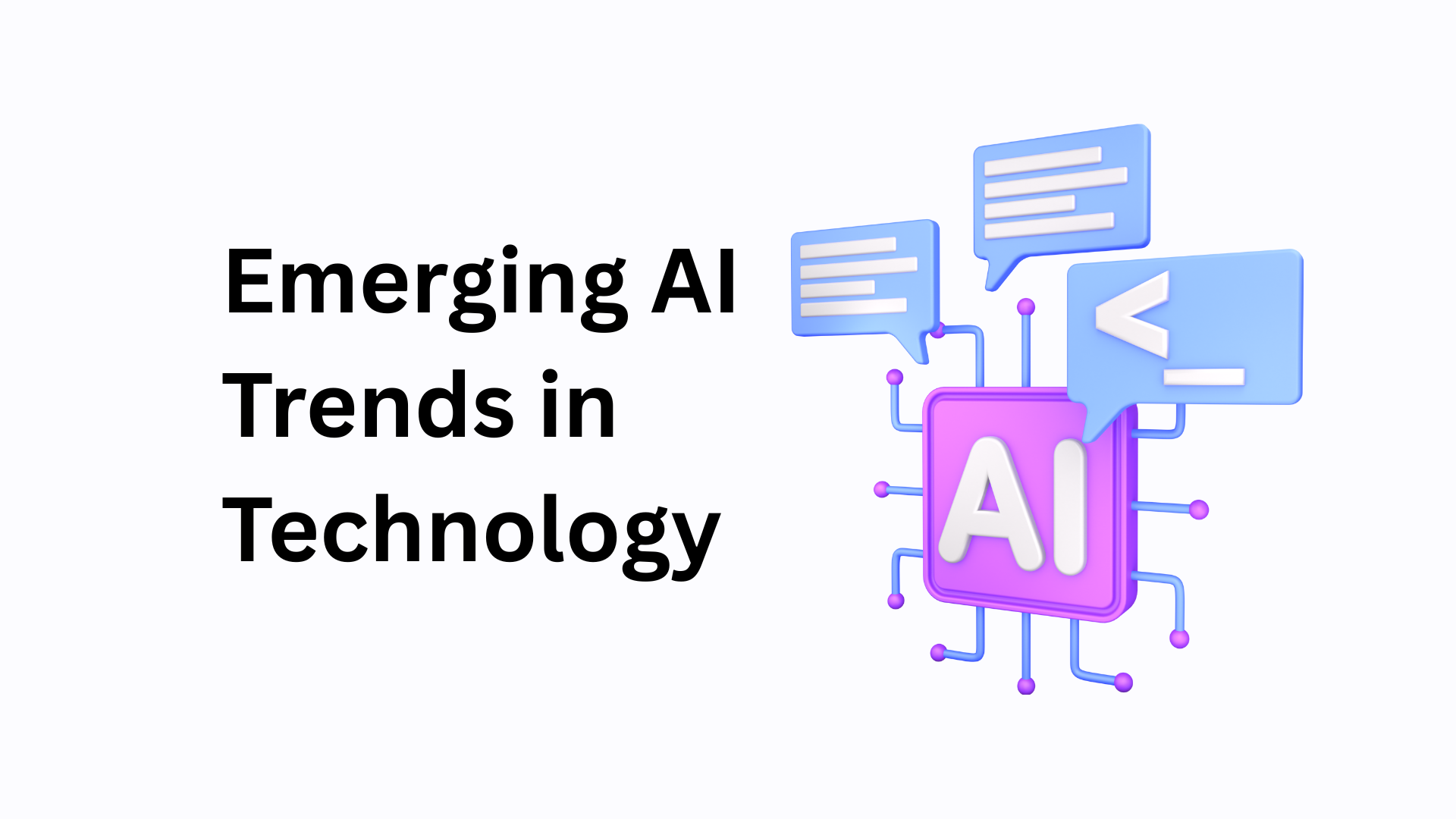5 Steps For Integrating Web Scraping Into Marketing Workflows
Data is king in digital marketing, and web scraping is a valuable tool for pros to harness in this context. As a method used to extract and collect large amounts of data from websites in an organized manner, it unlocks the door to pertinent insights that traditional surveys or market research may not reveal.
Understanding its power lets you leverage web scraping to make informed marketing decisions, gain a competitive edge, and boost your overall business performance. Let’s look at how you can implement it as part of your promotional workflows swiftly and effectively.

Setting Goals: What Do You Want to Achieve with Web Scraping?
Before you rush headlong into attempts at web scraping, it is crucial to identify what business objective or marketing goal you hope to achieve. Whether it's enhancing customer experience, improving SEO strategies, or tracking the competition, outlining clear objectives will guide your scraping efforts effectively.
Consider the following:
Target Identification
Define what data pool (e.g., customer reviews, competitor pricing) will aid in achieving your predefined goals. While you can collect this data in other ways, web scraping can be a more efficient alternative.
Value Addition
Determine how this collected information can add value to your existing processes or inform new ones.
Actionable Insights
Identify elements within scraped data that could translate into actionable measures for enhanced business growth and success. An unfocused attempt at web scraping may result in disorganized data rather than useful insights, so having this type of framework in place ensures purposeful and precise implementation.
Data Collection: Gathering Insights through Strategic Web Scraping
Once you've defined your goals, the next step is determining your data collection strategy. Here is how you can proceed:
Identify Your Targets
Start with pinpointing which websites hold valuable information matching your goals (it could be competitor sites, social media platforms, forums, etc.).
Design Your Scrape
Define what specific pieces of data you want to extract. It might include pricing details, product descriptions, or customer reviews, as mentioned.
Run Your Scrape
Use your chosen web scraping tools and web scraping API to start scraping in a respectful manner that adheres to the websites' terms of service and privacy laws. Always remember that while collecting data can provide powerful insights for marketing decisions, it's also crucial to respect digital ethics and abide by relevant legal guidelines during this process.
Sorting and Analyzing Your Scrape: Making Sense of the Harvested Data
After you've gathered your data, it's time to sift through it for meaningful information. This analysis stage is critical in removing any noise from your collected data and finding truly valuable insights:
Data Cleaning
Discard any irrelevant or inconsistent scraped data. Familiarize yourself with exploratory techniques that help identify and tackle anomalies in your dataset.
Organizing The Desirables
Categorize the clean, relevant data into logical sets for easier understanding.
Interpretation & Analysis
Analyze each set of your organized data using various methods like trend spotting or text analytics depending on its nature. The value derived from web scraping lies not just in collecting large amounts of information but being able to transform that raw pile into well-analyzed marketing intelligence.
Practical Implementation: Integrating Data from Web Scraping into your Marketing Strategy
Now that you've analyzed and interpreted your scraped data, it's time to put these insights into action. Here are some ways to integrate this data into your marketing strategy:
Competitor Analysis
Use insights about competitors' offerings, pricing, or marketing techniques to enhance your positioning and stand out. For example, using an AI-powered web scraper, you can perform AI price scraping to gather valuable data about your competitors’ pricing strategies.
Content Creation
Identify popular topics or keywords among users and generate content that resonates with them.
Personalized Experience
Customize products, services, or communications based on the discovered preferences of potential consumers across different platforms. So integrating web-scraped data into actual strategies not only lets you bolster existing marketing efforts but also uncover new promising opportunities.

Measuring Success: Assessing The Impact of Your Integrated Approach
The final step in integrating web scraping into your marketing workflows is measuring its effects. Here's how to go about it:
Key Performance Indicators (KPIs)
Identify metrics that align with the outcomes you expected from scraped data insights. It could be increased website traffic, higher conversion rates, or better customer engagement.
Benchmark Comparisons
Compare post-integration performance with historical benchmarks to see if there’s been an improvement or progression toward set goals.
Advanced Analytics
Use tools like Google Analytics for a thorough evaluation including user behavior, funnel analysis, and much more. In assessing success, remember that results may not show instantly but persistence in leveraging web-scraped data can make significant differences over time.
Conclusion
The main takeaway is that integrating web scraping into your marketing workflows can significantly enhance your strategies and decision-making processes. It’s about leveraging technology to gain actionable insights, stay competitive, and drive growth. But don’t forget the importance of ethical practices while undertaking this digital endeavor to maintain trust and credibility. Scrape too aggressively, or breach industry regulations that apply in your region, and you could be penalized.





